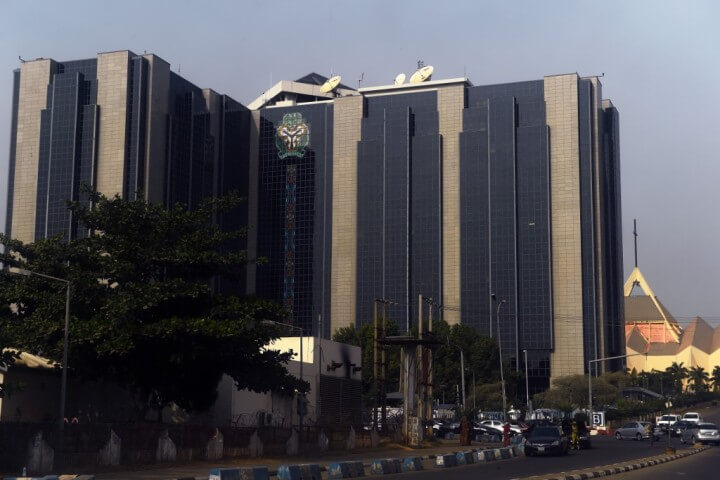CBN Set To Achieve 5% Target As Banking Industry’s NPL Ratio Drops To 5.7%
The banking industry’s Non-Performing Loan ratio has dropped from 5.7 per cent at the of end-October 2020, from 6.1 per cent which it was as at the end of August 2020.
The Deputy Governor, Financial Systems Stability Director, Central Bank of Nigeria, Mrs Aisha Ahmad,
said this while making her statement at the last Monetary Policy Committee meeting.
Advertisement
In the statement which was released by the apex bank, she said this was an improvement from what was obtainable since July 2019.
A Non-Performing Loan is a debt that is in default and many of such loans becomes doubtful debts if they remained unserviced after 90 days.
Where the interest or principal of a credit facility has not been paid for more than 90 days, then such facility would be deemed as a non-performing loan.
In its Revised Draft Guidelines for the banking sector, the Central Bank of Nigeria had said all banks must review their credit portfolio continuously at least once in a quarter with a view to recognising deterioration in credit quality.
Advertisement
It said such reviews should classify banks’ credit exposures based on the risk of default.
In a bid to drive lending to the real sector, the CBN had directed all banks to maintain a minimum of 65 per cent Loan to Deposit ratio by the end of December 2019.
Analysts have said the 65 per cent Loan-to-Deposit policy of the CBN had continued to increase banks’ credit to the private sector.
But while loans provided by banks have assumed an upward trajectory, analysts have expressed concerns that there is need for measures to be put in place to check the NPL portfolios in banks.
The 5.7 per cent NPLs, according to the CBN, is higher than the five per cent threshold approved by the apex bank for the banking sector.
Advertisement
Ahmad said the banking industry’s financial soundness indicators has been strengthened with low NPLs, while Capital Adequacy Ratio improved to 15.5 per cent from 15.3 per cent over the same period.
According to her, profitability performance also remained satisfactory, buoyed by improvement in non-interest income.
She said, “The gradual decline reported in lending rates is a positive development that improves access to credit for more households and businesses with a view to stimulating economic activity, creating jobs and driving a more sustainable and inclusive growth.”
She said the low interest rate environment was also reflected in the open buy back rate which stood at 1.88 per cent at end-October 2020, an indication of a highly liquid banking system.
Ahmad noted that under this scenario, the bank must maintain vigilance to ensure optimal liquidity levels to support price stability and sustainable economic growth.



